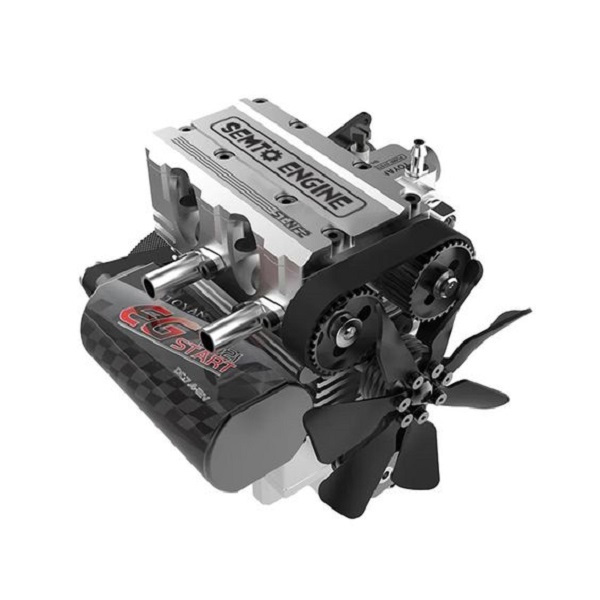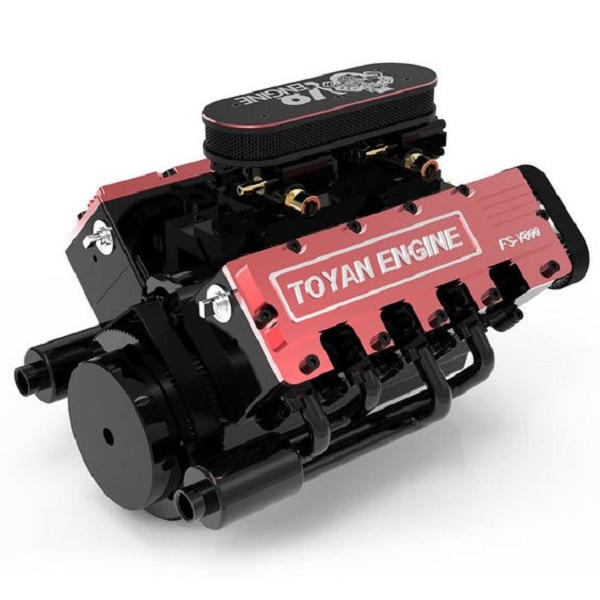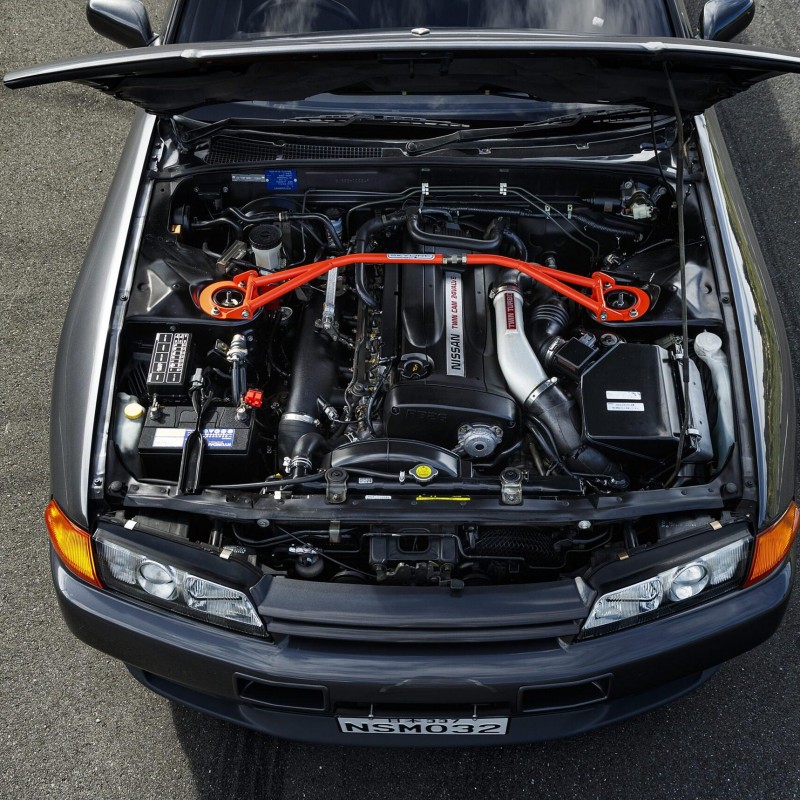Engine displacement is a crucial factor in understanding your vehicle’s performance. It refers to the total volume of all the cylinders in an engine, where air and fuel mix and combust to create power. This volume is typically measured in liters or cubic centimeters (cc). In this article, we’ll explore what engine displacement is, how it affects your vehicle’s performance, and why it’s essential to understand when choosing a car or motorcycle.
What Is Engine Displacement?
Engine, also known as engine capacity, is the measure of the space in the engine’s cylinders. This space is where the engine’s fuel-air mixture combusts to produce power. Displacement is determined by the bore (the diameter of each cylinder) and the stroke (the distance the piston travels within the cylinder).
How Engine Displacement Affects Performance
Engine displacement directly impacts a vehicle’s power and torque. Here’s how:
- Power Output: Larger engine generally means more power. This is because a larger volume allows for more air and fuel to combust, producing more energy.
- Torque: Displacement also affects torque, which is the engine’s twisting force. Higher displacement usually results in higher torque, which contributes to better acceleration and towing capacity.
- Fuel Efficiency: Larger engines often consume more fuel, as they burn more fuel per cycle. Smaller engines tend to be more fuel-efficient but may offer less power.
Understanding engine helps you gauge how well a vehicle might perform in various conditions, from everyday driving to heavy hauling.
The Science Behind Engine Displacement
To get a clearer picture, let’s delve into the science of engine. It is calculated using the formula:
Engine Displacement=Bore2×Stroke×Number of Cylinders×Constant\text{Engine Displacement} = \text{Bore}^2 \times \text{Stroke} \times \text{Number of Cylinders} \times \text{Constant}
Here’s what each term means:
- Bore: The diameter of the cylinder.
- Stroke: The distance the piston moves up and down in the cylinder.
- Number of Cylinders: The total number of cylinders in the engine.
- Constant: Typically a constant factor used to convert cubic inches to cubic centimeters or liters.
For example, if an engine has a bore of 85 mm, a stroke of 88 mm, and four cylinders, the displacement calculation will give a measure of how much air-fuel mixture the engine can handle.
Common Engine Displacement Sizes
Engine displacement sizes vary widely among vehicles. Here’s a breakdown of common sizes:

- Small Engines (1.0L – 2.0L): Typically found in compact cars and motorcycles. These engines balance fuel efficiency with adequate power for city driving.
- Medium Engines (2.0L – 3.0L): Common in midsize cars and SUVs. These engines offer a good mix of power and fuel efficiency, suitable for a variety of driving conditions.
- Large Engines (3.0L and above): Often seen in performance cars, trucks, and SUVs. Larger engines provide high power and torque but may sacrifice fuel efficiency.
Engine Displacement vs. Engine Size
While engine and engine size are often used interchangeably, they are not the same. Engine size can refer to the overall dimensions and design of the engine, while displacement specifically measures the volume of the engine’s cylinders.
Understanding the difference helps in evaluating a vehicle’s performance and suitability for your needs. For instance, a larger engine size might house a higher displacement, but the two metrics can differ based on the engine’s design and technology.
Choosing the Right Engine Displacement
Selecting the right engine depends on various factors, including your driving habits, vehicle use, and personal preferences. Here are some tips:
- Daily Commutes: For regular commuting, a smaller engine (1.0L – 2.0L) might be sufficient, offering good fuel efficiency and lower running costs.
- Family Vehicles: For a family car or SUV, a medium engine (2.0L – 3.0L) provides a balance of power and efficiency, ideal for everyday use and occasional trips.
- Performance and Towing: If you need a vehicle for towing or high-performance driving, a larger engine (3.0L and above) offers the power and torque required.
Consider your specific needs and consult with a vehicle expert to determine the best engine displacement for your situation.
The Future of Engine Displacement
As technology advances, engine is evolving. Here are some trends:
- Turbocharging: Turbochargers can enhance the power output of smaller engines, allowing for high performance without larger displacements.
- Hybrid and Electric Vehicles: With the rise of hybrids and electric vehicles, engine displacement is becoming less relevant. These vehicles rely on electric motors or a combination of electric and traditional engines to deliver performance.
- Efficiency Improvements: Innovations in engine design and fuel technology are making it possible to achieve greater power with smaller engine displacements.
Comparing Engine Displacement with Other Performance Metrics
When evaluating vehicle performance, engine is just one of several important metrics. Here’s how it stacks up against other key performance factors:

Horsepower vs. Engine Displacement
Horsepower measures the engine’s power output. While larger engine often correlate with higher horsepower, modern engines use technology like turbocharging and variable valve timing to boost horsepower without increasing displacement.
Torque vs. Engine Displacement
Torque represents the engine’s twisting force and is crucial for acceleration and towing. Higher engine displacement usually results in more torque, but advancements in engine technology can enhance torque output without increasing displacement.
Fuel Efficiency and Engine Displacement
Fuel efficiency is a critical consideration for many drivers. Larger engines typically consume more fuel. However, advancements in engine technology, such as direct fuel injection and turbocharging, help improve fuel efficiency even in larger engines.
Engine Displacement in Different Vehicle Types
Different types of vehicles use engine in varied ways. Here’s a look at how it affects various categories:
Cars
- Compact Cars: Often feature smaller engines (1.0L – 1.5L) to maximize fuel efficiency and reduce emissions.
- Sedans: Medium engines (1.8L – 2.5L) provide a balance between performance and efficiency, suitable for everyday driving.
- Sports Cars: Typically have larger engines (3.0L and above) to deliver high performance and acceleration.
Motorcycles
- Entry-Level Bikes: Usually have smaller displacements (250cc – 400cc) to offer manageable power and better fuel economy for new riders.
- Cruisers and Touring Bikes: Feature larger engines (600cc – 1,200cc) for increased power and comfort on long rides.
Trucks and SUVs
- Light Trucks and SUVs: Often equipped with medium to large engines (2.5L – 4.0L) to handle varying driving conditions and payloads.
- Heavy-Duty Trucks: Typically use large engines (5.0L and above) to provide the power required for towing and heavy loads.
How Engine Displacement Influences Vehicle Maintenance
Engine can affect the maintenance needs of your vehicle. Larger engines may require more frequent servicing due to higher wear and tear. Conversely, smaller engines might need less maintenance but could face different issues such as overheating in demanding conditions.
Maintenance Tips Based on Displacement
- Regular Inspections: For both large and small engines, regular check-ups help prevent issues.
- Oil Changes: Larger engines often need more frequent oil changes to maintain performance.
- Cooling Systems: Pay attention to cooling systems in high-displacement engines to avoid overheating.
The Impact of Engine Displacement on Resale Value
Engine can influence a vehicle’s resale value. Generally, larger engines may enhance the vehicle’s appeal due to perceived power and performance, but they might also result in higher maintenance costs. On the other hand, vehicles with smaller engines often appeal to buyers looking for fuel efficiency.

Factors Affecting Resale Value
- Market Demand: The popularity of vehicle types and engine sizes in the used car market can impact resale value.
- Condition and Maintenance: Well-maintained vehicles with any engine size will generally retain value better.
Conclusion
Engine is a fundamental aspect of vehicle performance, affecting power, torque, and fuel efficiency. By understanding what engine displacement is and how it impacts your vehicle, you can make more informed decisions when purchasing or upgrading your car or motorcycle.



